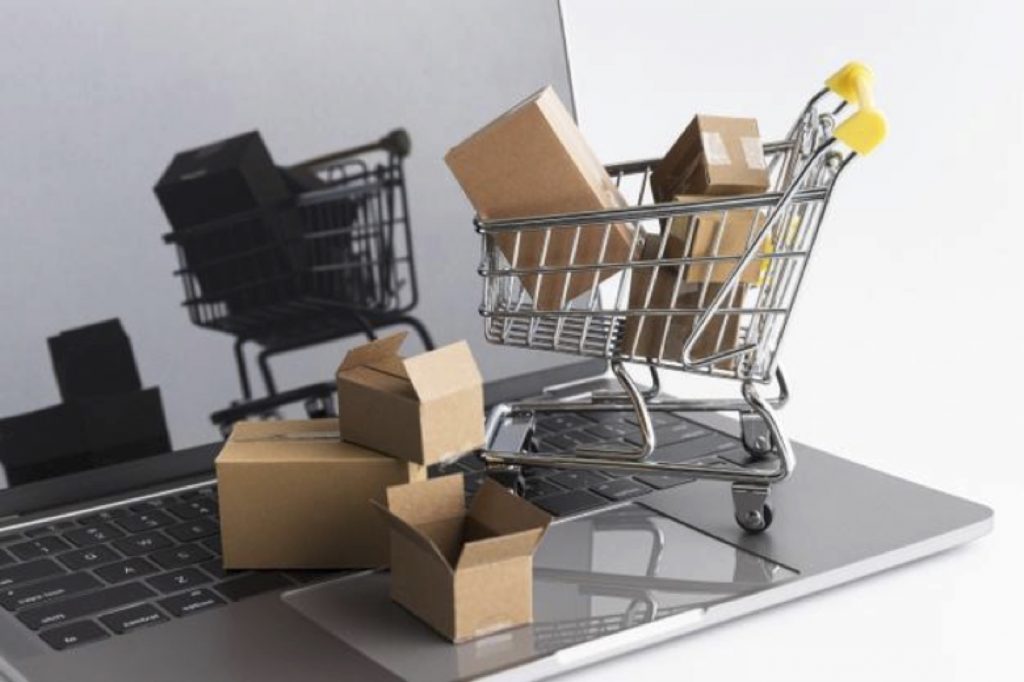What are the Key Factors Influencing the Cost of Order Fulfillment for Amazon Sellers? Explained
Understanding the cost of order fulfillment is important for any Amazon seller aiming to maximize profits. Several key factors influence these costs, with product type, size, and weight being the primary determinants. For instance, a lightweight item incurs lower fees compared to a heavier one.

Another major factor is the seasonality of sales. Fees can increase during peak periods, such as the holiday season, which includes the Holiday Peak Fulfillment Fee from October 15, 2023, to January 14, 2024. Efficient management of stock levels is also important, as excess inventory can lead to higher storage and removal fees.
Partnering with reliable fulfillment services can significantly impact your bottom line by ensuring fast and reliable shipping. You can explore Amazon ecommerce fulfillment services to improve customer satisfaction and streamline operations. By focusing on these factors, you can better control your fulfillment costs and boost your business growth.
Essentials of Amazon Order Fulfillment
To succeed as an Amazon seller, it’s important to understand the key aspects of order fulfillment. This includes mastering Fulfillment by Amazon (FBA), managing inventory effectively, and employing efficient shipping and handling strategies. Familiarizing yourself with Amazon’s Seller Central platform can streamline many tasks. Regularly reviewing performance metrics can help identify areas for improvement. Developing a robust supply chain ensures timely restocking and minimizes disruptions.
Understanding Fulfillment by Amazon (FBA)
Fulfillment by Amazon (FBA) is a service where Amazon manages storage, packaging, and shipping for you. By using FBA, your products become eligible for Amazon Prime, which can significantly improve sales. Amazon charges fees for storage and fulfillment, but many sellers find these costs worthwhile due to the increased sales volume and customer satisfaction.
With FBA, you also gain access to Amazon’s extensive logistics network. This can greatly improve delivery times and reliability, which is essential for e-commerce success. Additionally, FBA takes care of customer service, including handling returns and refunds, which frees up your time to focus on other aspects of your business.
Inventory Management and Control
Effective inventory management is necessary for avoiding stockouts and managing costs. Amazon provides various tools to help sellers keep track of inventory levels and forecast demand. These tools can help you maintain the right stock levels, ensuring you can meet customer demand without overstocking.
Proper inventory control also involves setting reorder points to trigger new orders before stock runs out. Regularly auditing your inventory can prevent discrepancies and ensure that your records match physical stock levels. By utilizing Multi-Channel Fulfillment (MCF) also allows you to fulfill orders from other sales channels using your Amazon inventory, improving efficiency.
Shipping and Handling Strategies
Efficient shipping and handling are necessary for maintaining customer satisfaction and controlling costs. With Amazon FBA, you benefit from Amazon’s optimized shipping processes. By storing your products in Amazon’s fulfillment centers, you can leverage their economies of scale for faster and more reliable delivery.
For those not using FBA, implementing your own streamlined pick-and-pack process is essential. Consider software solutions that automate shipping label creation and tracking updates. Continuously monitoring shipping performance and addressing any issues promptly can help meet and exceed customer expectations.
Optimizing Fulfillment Costs and Operations
To reduce costs and improve operations for Amazon sellers, focus on sourcing materials smartly, leveraging Amazon’s network, and using advanced technology. Taking these steps helps manage expenses from all angles of the fulfillment process. Analyzing shipping data can identify cost-saving opportunities. Negotiating better rates with suppliers can reduce material costs. Implementing eco-friendly practices can also appeal to environmentally conscious consumers and potentially reduce expenses.
Strategic Sourcing and Supplier Relationships
Building strong relationships with reliable suppliers can dramatically reduce costs. Efficient sourcing involves negotiating better prices and ensuring a steady supply of goods. Maintaining good terms with suppliers helps secure favorable payment terms and bulk discounts. Consistent communication prevents delays and reduces the need for costly rush orders. Additionally, evaluating suppliers regularly ensures that they meet Amazon’s stringent standards and can handle high sales volumes. This strategy improves inventory turnover and reduces storage costs.
Leveraging Amazon’s Global Fulfillment Network
Using Amazon’s global fulfillment network helps streamline logistics and reduce costs. Amazon’s fulfillment centers provide sophisticated storage, picking, packing, and shipping services. By using this network, sellers can take advantage of optimized shipping options and reduced shipping costs. This network also simplifies returns, improving customer satisfaction. Additionally, using Fulfillment by Amazon (FBA) services can reduce operating costs by outsourcing warehousing and logistics. Monitoring shipping costs and adjusting strategies based on sales volume ensures efficient use of Amazon’s vast resources.
Technology and Innovation in Fulfillment
Integrating advanced technology into your fulfillment process can significantly boost efficiency and reduce costs. Implementing a robust warehouse management system (WMS) optimizes inventory management and streamlines operations. Automation and robotics improve picking, packing, and packaging processes, increasing throughput. Using data analytics helps identify cost-saving opportunities and improve decision-making. Quality control technologies ensure products meet high standards, reducing returns and improving customer service. Embracing innovation not only cuts down on labor costs but also keeps your business competitive.
Conclusion
Understanding the key factors influencing the cost of order fulfillment can significantly impact your profitability as an Amazon seller. Efficient strategies and proper investments in automation can minimize these costs. You should also keep an eye on warehouse expenses, as storage and handling fees can quickly add up. Consider the evolving market needs and tailor your fulfillment processes accordingly. By focusing on these areas, you’ll be better positioned to manage and reduce your order fulfillment costs.

